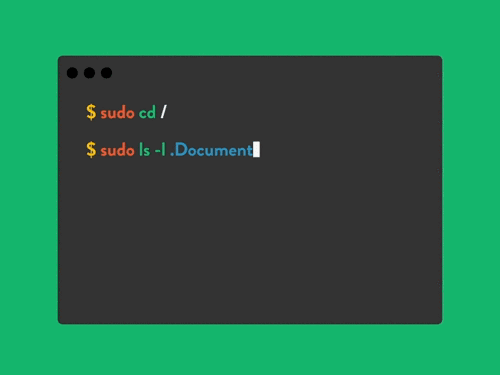What is Linux?
 SHEEL SACHANIA
SHEEL SACHANIA
From desktops to supercomputers, Linux is everywhere!
Just like Windows and Mac, it is an operating system and has been around since the 1990s. Linux is basically a Unix-like, Kernal-based, fully-memory-protected, multitasking operating system. It is open-source software that runs on a wide range of hardware, from PCs to even Macs.
What are Linux Commands?
A command is a program that interacts with the kernel to provide the environment and perform the functions called for by the user. A command can be:
a built-in shell command
an executable shell file, known as a shell script
a source compiled, object code file.
Basic Linux Commands
| Lists all files and directories in the present working directory |
| Lists files in sub-directories as well |
| Lists hidden files as well |
| Lists files and directories with detailed information like permissions, size, owner, etc. |
| Navigate to the HOME directory |
| Move one level up |
| To change to a particular directory |
| Creates a new file |
| Displays the file content |
| Moves the files to the new location |
| Allows regular users to run programs with the security privileges of the superuser or root |
| Deletes a file |
| Gives help information on a command |
| Clears the terminal |
| Creates a new directory in the present working directory or an at the specified path |
| Deletes a directory |
| move files and directories from one directory to another or rename a file or directory |
| Command used to install and update packages |
File Permission commands
| to show file type and access permission |
| read permission |
| write permission |
| execute permission |
| no permission |
| For changing the ownership of a file/directory |
| change the user as well as a group for a file or directory |
User management & Networking commands of Linux
| To add a new user |
| To change the password of a user |
| To remove a newly created user |
| To ping and Analyze network and host connections |
| Display files in the current directory of a remote computer |
| change the directory to “dirname” on a remote computer |
| upload ‘file’ from a local to a remote computer |
| Download the ‘file’ from the remote to the local computer |
| Logout |
Conclusion
I hope you guys find it useful, you'll surely find these commands easy in no time!
Subscribe to my newsletter
Read articles from SHEEL SACHANIA directly inside your inbox. Subscribe to the newsletter, and don't miss out.
Written by
